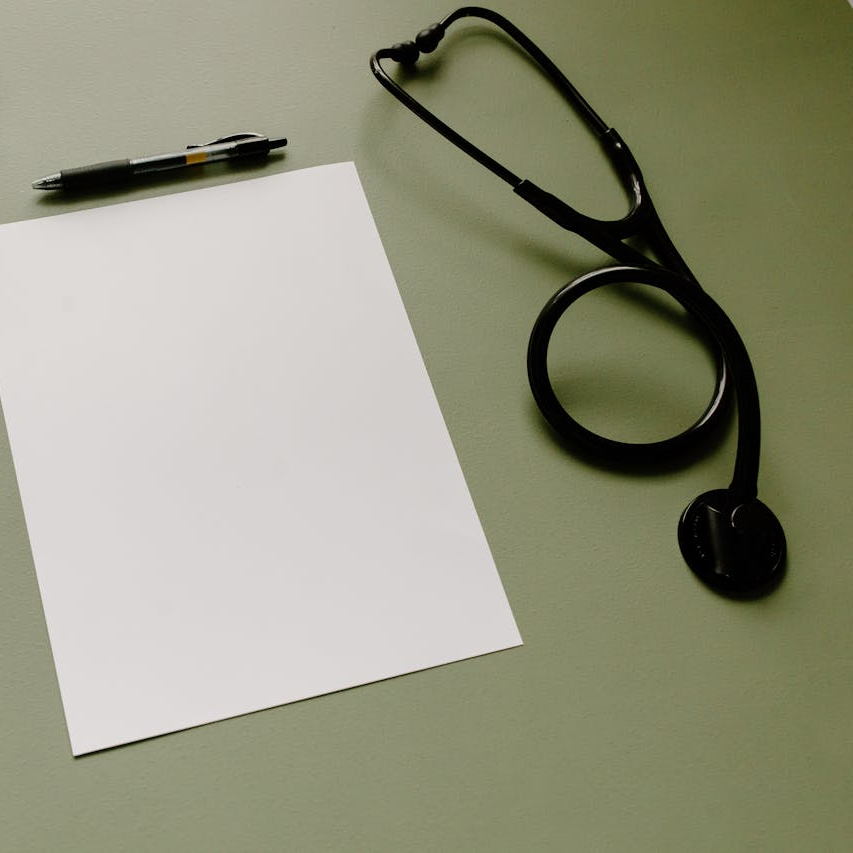A recent white paper has revealed that women are very poorly prepared for retirement. The reason is the higher number of challenges faced by women. Many women work only part time and some are not even offered a retirement plan. The women who are offered a retirement benefits plan are often saving less money in the plan than they should for a secure retirement.
Why Women Don’t Have Access to a Retirement Benefits Plan

- Also Read: Why the FERS Supplement Is Still a Lifeline for Early Retirees—But a Risky One
- Also Read: You May Be Eligible for Medicare Soon—Here’s How It Affects Your Other Coverage
- Also Read: Dental Plans Under FEDVIP Are Offering Better Coverage Than Ever—Why Federal Employees Are Taking Notice
The Workplace Earning Differences
The white paper has also highlighted the fact that women consist of 47 percent of the labor force in America. Women also have nearly equal education to men. About 29.6 percent women hold a bachelor’s degree and this percentage is 30.4 percent for men. But still, women’s weekly earnings for salaries and full-time wages are just 81 percent of what men make.
The Bad News
About half of the millennials who were surveyed accepted that they don’t even have a retirement investment account while the fact is that the millennials need more money saved towards the retirement as compared to baby boomers as the cost of living and healthcare expenses are constantly rising.
Women Need more Retirement benefits than Men
The white paper also shared the fact that women need more money stashed for the retirement than the men because they have a longer average lifespan. The average lifespan for men is 84 years while its 87 years for women. It is also a strong possibility that women will need to spend more money over time towards their health care.
The Participation
The white paper has also found out that women who are saving towards a retirement benefits plan are not doing enough. About 62 percent of women were offered a 401(k) or a similar plan. Just 76 percent participated in the plans and the rate of saving they chose stands at 7 percent of their salary.









